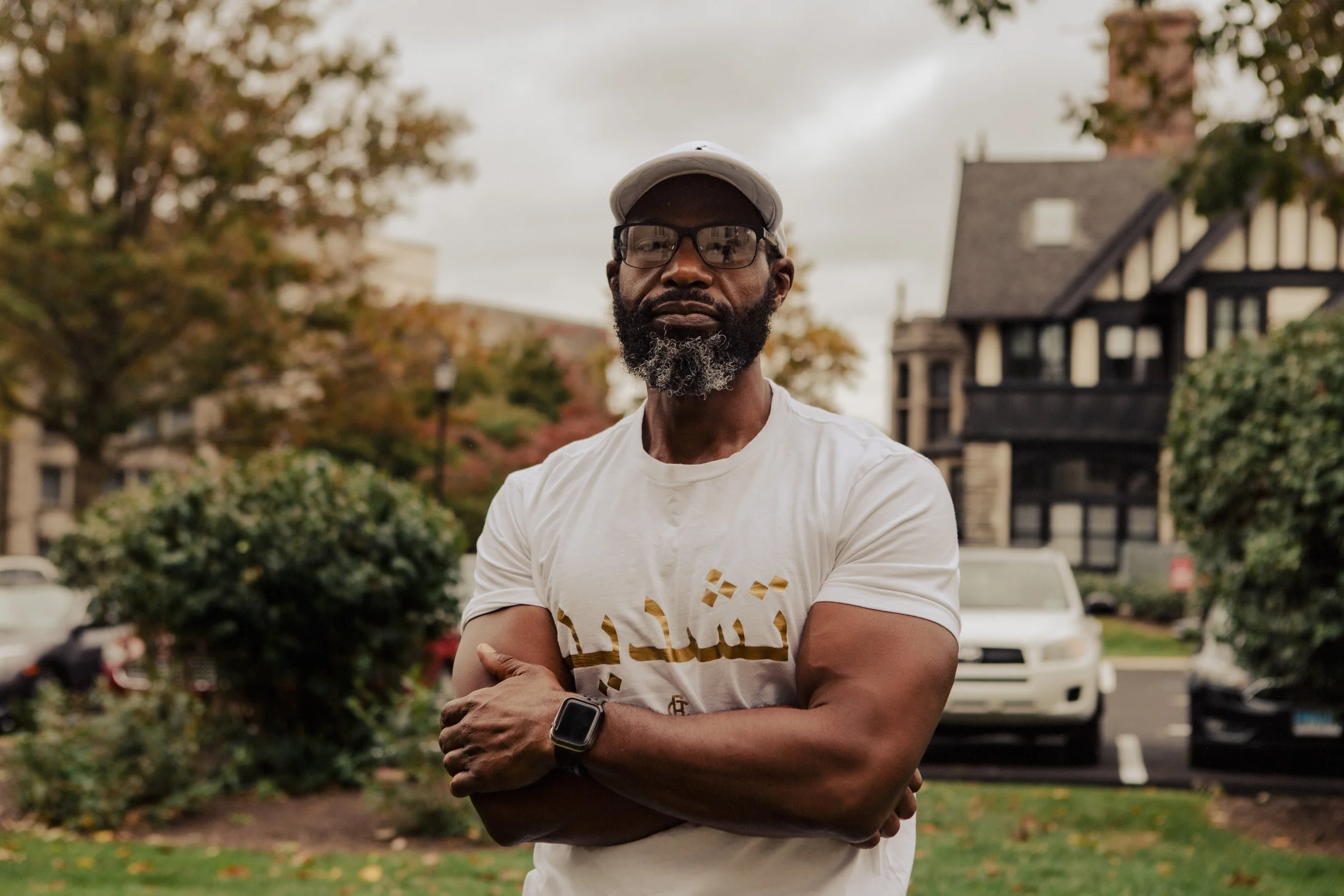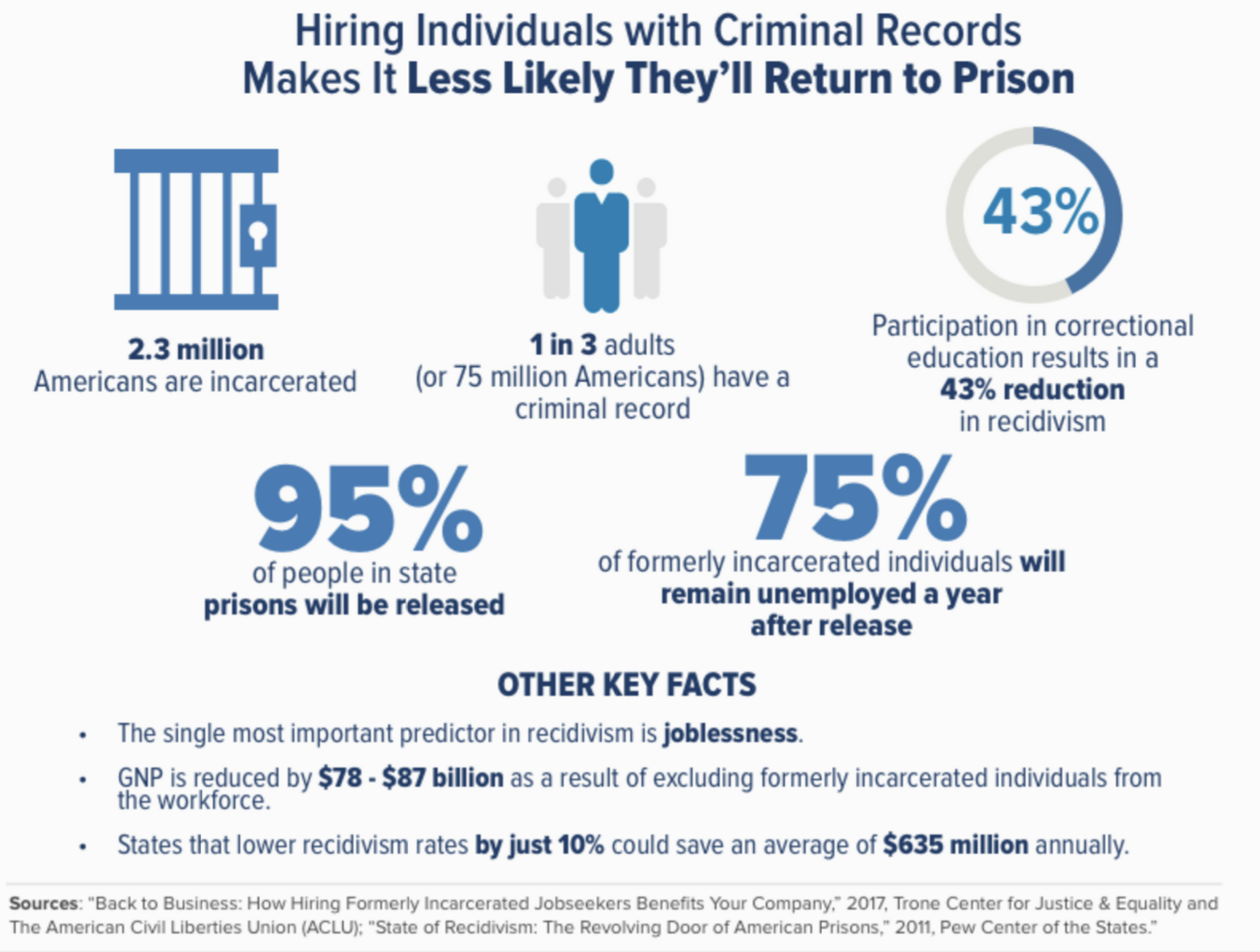The Truth About Juvenile Incarceration
At the age of 14, Stacey Torrance was sentenced to life without parole: a punishment that did not fit the crime. Thirty years later, he was released from prison. Today, he is the Founder of the Free Mind Entrepreneur Network.
Stacey Torrance, Founder of the Free Mind Entrepreneur Network
Across the United States, juvenile incarceration strips children as young as 12 years old away from the necessary help and care they desperately need. In Pennsylvania, over 2600 people are serving life without parole for crimes they committed as juveniles; 521 of these people are still under the age of 18. Depending on the crime committed and the age at which it was committed, juveniles can be sentenced as adults without chances of parole or probation. This puts youths in an uncomfortable place, subjecting them to dangerous environments and withholding them from the help they need. In other states, such as Arizona, newer tactics are being used to experiment with a fresh form of youth rehabilitation. These tactics include remodeled prisons that have a homier feel than the drab concrete cells for juveniles to feel more comfortable and earn a better chance at rehabilitation.
Juvenile imprisonment at a young age has had major detrimental effects on the human mind and the developmental aspects of those who were imprisoned. About 50-70% of the 2 million kids in the juvenile system meet the criteria for mental health issues, and 40-80% are clinically diagnosed with a mental health disorder. Some mental health disorders that are commonly found in these children are major depression, psychotic disorders, anxiety disorders (generalized, OCD, and PTSD), disruptive behavior disorders, and substance abuse disorders. All of these, along with others, are found within inmates in the juvenile justice system. Researchers from UCLA did a study with three different focus groups: adults who were incarcerated during ages 7-13, adults who were incarcerated during ages 14-32, and those who had never been incarcerated. They found that symptoms of depression were experienced by 38% of people who were incarcerated before age 14 and 24% of people who were incarcerated between the ages of 14-32. Only 15% of people who had never been incarcerated experienced symptoms of depression. This is only one out of the many studies that show the effects of juvenile imprisonment on mental health.
Hiring Individuals with Criminal Records Makes It Less Likely They’ll Return to Prison
The unemployment rate of those who have previously been incarcerated is drastically higher than that of those who have not. A 2018 study by prisonpolicy.org found that around 5% of Americans were unemployed, but those who had previously been incarcerated had an unemployment rate of over 27%. To put that into comparison, the highest unemployment rate during the Great Depression only rose to 25%. It is also important to note that the unemployment rate for those who were previously incarcerated is even higher for certain demographics such as African Americans, Hispanic people, or women. This same study also found that even though many employers publicly say they are willing to hire those who have been previously incarcerated, having a criminal record reduces employer callback rates by over 50%. The lack of employment in the formerly incarcerated community is not due to a lack of aspirations or unwillingness to work. The study found that formerly incarcerated people are actually more active in the labor market compared to the general public. While 83.8% of the general aged 25-44 are either employed or looking for a job, 93.3% of previously incarcerated people in that same age group are employed or looking for a job.
Incarceration Rates
The Free Mind Entrepreneur Network was created because Stacey wanted to highlight previously incarcerated individuals who, despite all the hardships they faced in their lives, were still able to move forward and take the risk of entrepreneurship. He also intends to help returning citizens who are seeking employment because he understands how difficult it can be to get hired when you have a criminal record. The Free Mind Entrepreneur Network is important because it emphasizes giving second chances. This network understands how valuable second chances can be. Beautiful Social is thankful to have the opportunity to help Stacey bring his vision to life and hopes the network becomes a gateway to success for many.




